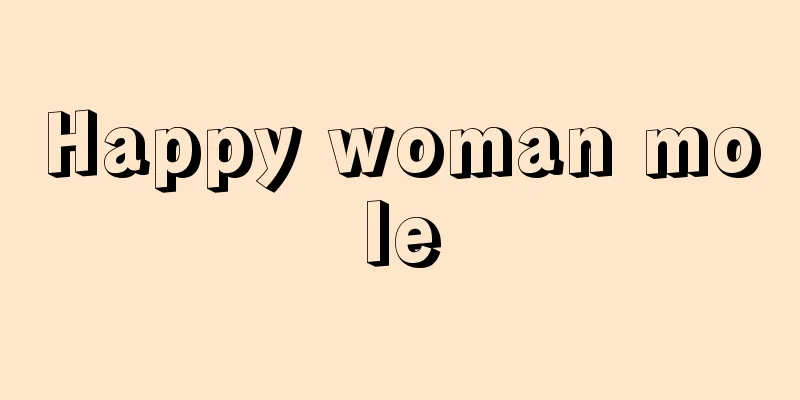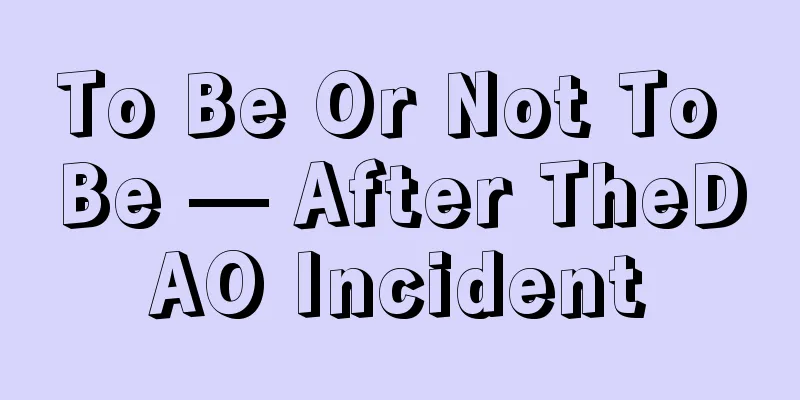US Financial Stability Oversight Council: Bitcoin could become a "threat" to financial stability

|
The Financial Stability Oversight Council (FSOC) has warned that Bitcoin and blockchain technology are a threat to financial stability, and they have pointed out that if cryptocurrencies continue to undermine the influence of traditional centralized intermediaries, they will need to take certain measures to adapt to market structure.
The Financial Stability Oversight Council, whose members include the Federal Reserve, the Securities and Exchange Commission, and the Treasury Department, is charged with identifying risks to U.S. financial stability, promoting market discipline, and responding to emerging risks to financial stability. The committee highlighted that concerns about digital currencies were raised for the first time in its annual financial report on the financial stability of the U.S. financial system. Bitcoin has become a popular alternative currency to central bank-managed and government-managed currencies, with the advantage of being able to conduct transactions on a centralized database without being regulated by government agencies. Report highlights distributed ledger technology In its annual report on Tuesday, the Financial Stability Oversight Council noted that distributed ledger technology, like most new technologies, carries uncertainties and risks that market regulators and participants must monitor at all times. The report reviewed the advantages of distributed ledger systems, which it noted could allow market participants to directly manage various types of transactions, bypassing the need to trust third parties. Supporters believe that distributed ledger technology can significantly improve efficiency by replacing manual and intensive reconciliation processes and help reduce risks related to trading, settlement, clearing and custody services. The system can reduce risks and improve the resilience of financial networks. The report states that because distributed ledgers are widely used and auditable, they can provide a valuable mechanism to increase market transparency. Since transactions are conducted directly without third trusted parties, the ledgers can limit the concentration risk of companies and infrastructure. In addition, by improving the accuracy and speed of settlement systems, the system can reduce counterparty and business risks that arise when exchanging financial assets. For example, distributed ledger systems can be used to assist in complex automated transactions and multi-party transactions, such as the payment of bonds and insurance certificates through smart contracts. The Financial Stability Oversight Council noted that market participants have insufficient experience operating distributed ledgers, so operational flaws in the system may not be apparent in the short term. Changes in regulatory bodies Some Bitcoin advocates point to government concerns that its use by criminals and terrorists could undermine the digital currency. Regulators required anti-money laundering checks on Bitcoin processors in its early days, but otherwise allowed the currency to flourish. The FSOC noted that they continue to monitor developments in distributed ledger technology and remain vigilant to potential issues, while also acknowledging that they are unsure whether any such potential issues will arise. The Financial Stability Oversight Council noted that bitcoin transactions have experienced “ dramatic ” transaction failures and trade delays in recent months, caused by new transactions being generated faster than they can be posted on the bitcoin blockchain. Regulators point out security gaps Because cryptocurrency systems are designed to prevent fraud by only one party, regulators say the system could be vulnerable to fraud attacks through collusion among system participants. The Financial Stability Oversight Council noted that if cryptocurrencies continue to undermine the influence of traditional centralized intermediaries, they will need to take certain measures to adapt to market structure. The report states that because market participants using distributed ledger systems can cross borders or jurisdictions, regulators will need to achieve a “substantial degree” of coordination to manage and identify the risks associated with the system. |
>>: US Bitcoin company Circle receives $60 million investment from Chinese investors
Recommend
How to tell a girl's personality from her hairstyle
How to tell a girl's personality from her hai...
Do you know the characteristics of a super vicious woman?
A woman's viciousness can actually be seen di...
Comparison of Ethereum dual-chain mining trends, ETH performs better than ETC
About the author: Michael Wuehler is a member of ...
Bitland African blockchain initiative puts land on distributed ledger
Bitland is a new blockchain technology initiative...
Physiognomy: The face of a wealthy and powerful family
Physiognomy: The face of a wealthy and powerful f...
What kind of ears does a girl have to have to be blessed? Physiognomy analysis
Everyone's ears are different. Some people ha...
What does a vicious person look like? What kind of person is the most vicious?
Everyone has a different personality. Some people...
"Filecoin Talk" Can filecoin achieve the goal of 100 billion? When is the best entry point?
1. It is said that Filecoin is a 100 billion-leve...
What happened to Bitmain yesterday, part 5 (Mystery of the Mainland Ark)
What happened to Bitmain yesterday? After Zhan Ke...
Judging from the shape of the mouth, people with these types of mouths have good fortune.
Both corners of mouth are upturned If both corner...
Review of the 48-hour battle between Binance and FTX: What to watch next
The past 48 hours have been a wild and turbulent ...
The good and bad luck of the upper lip twitching What does the upper lip twitching mean
Our eyelids often twitch on their own, so there i...
Illustration of the location and fate of the mole on the nose
The nose is called the palace of wealth in physio...
What does a mole on the inside of the breast mean?
Everyone has some moles on their body, and these ...
What are the characteristics of a wealthy woman? Do you have them?
1. Neat eyebrows Eyebrows are the palace of emoti...









